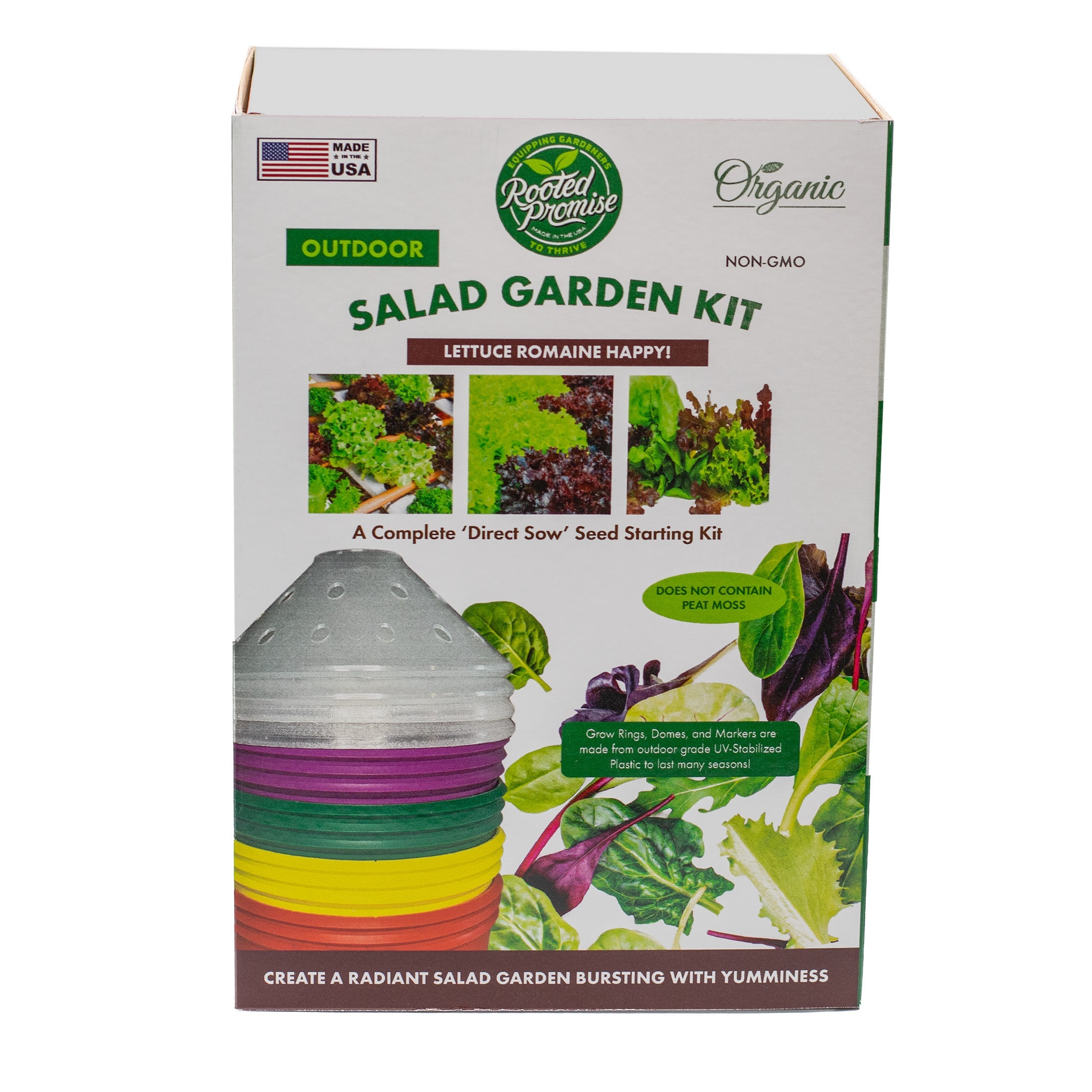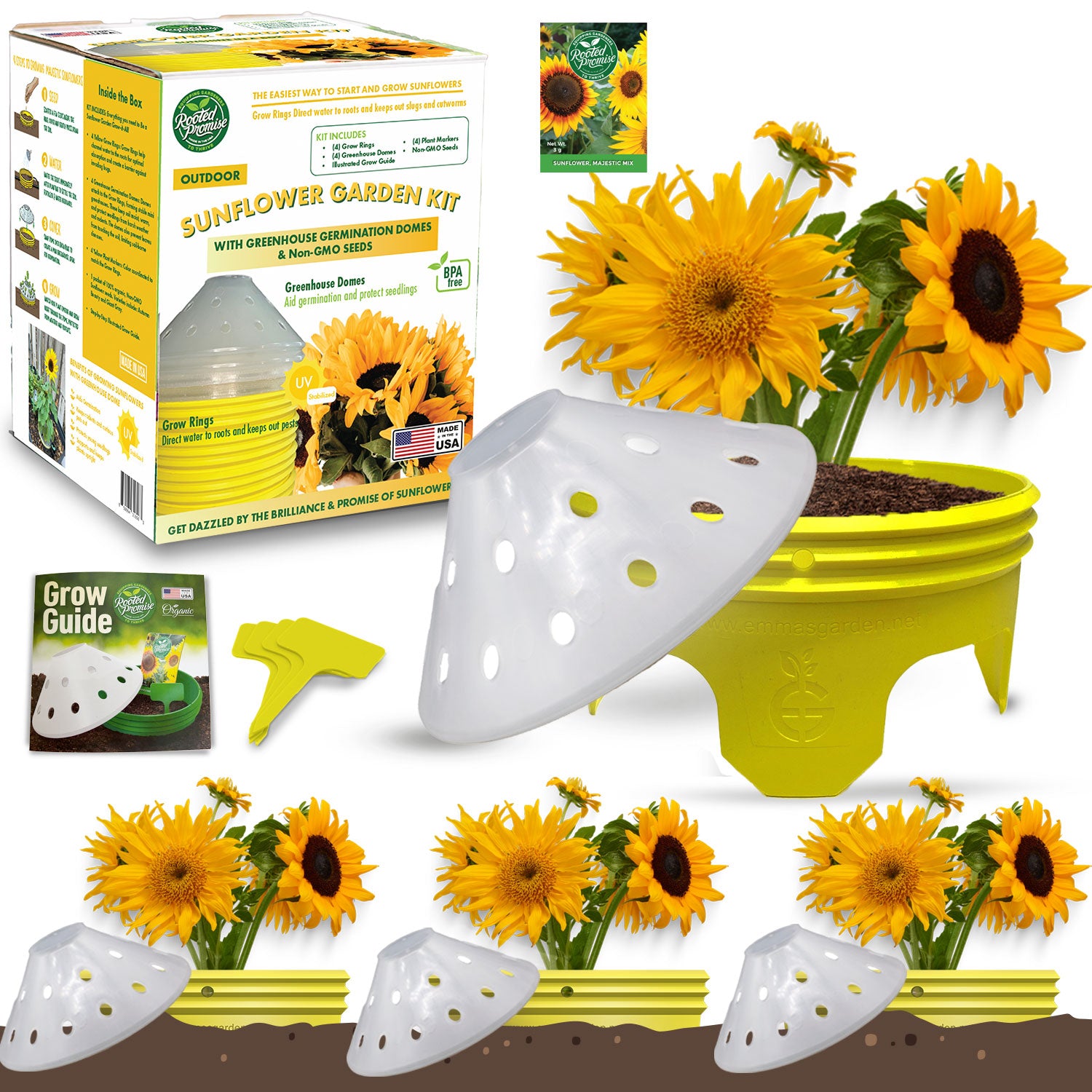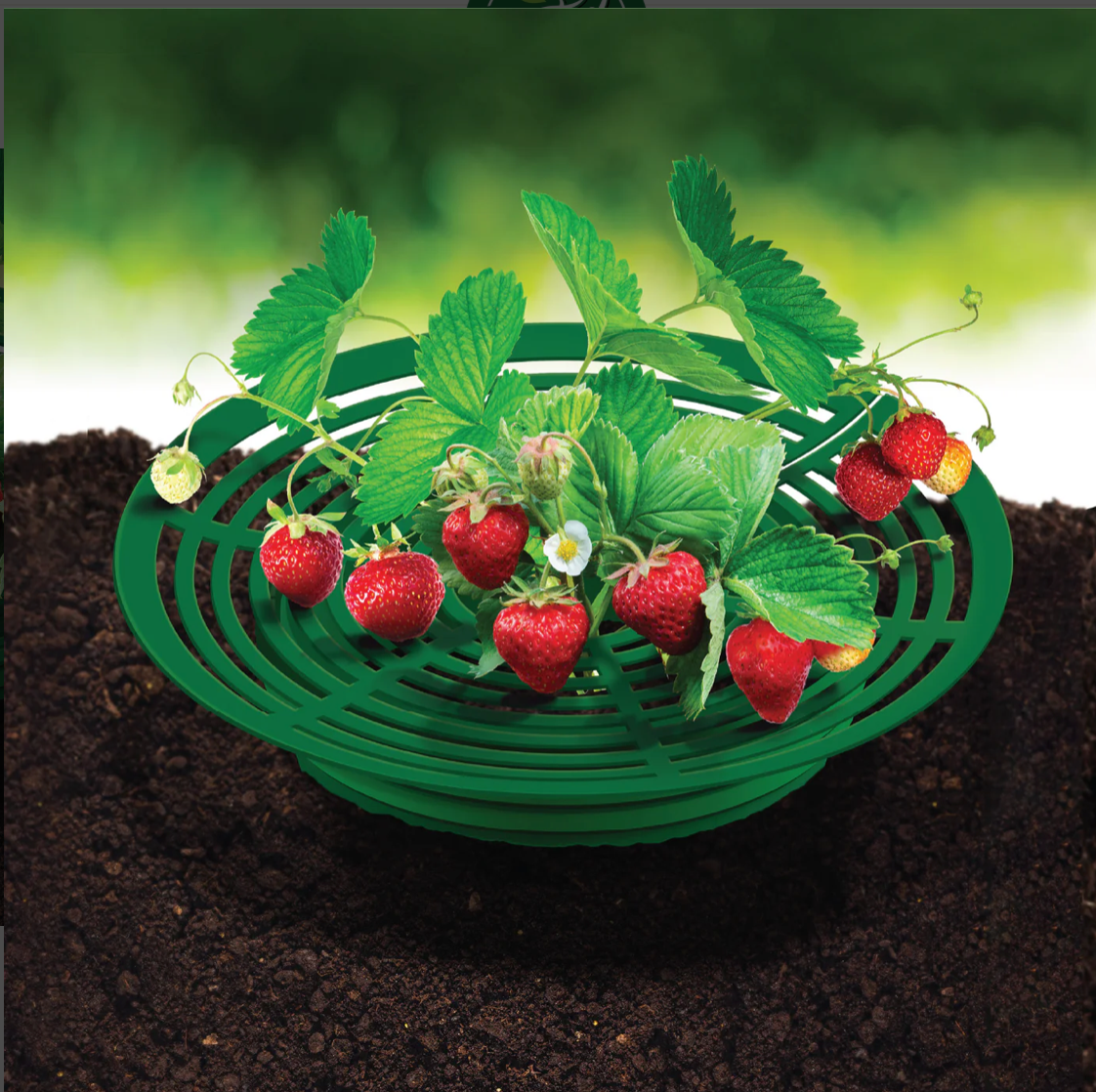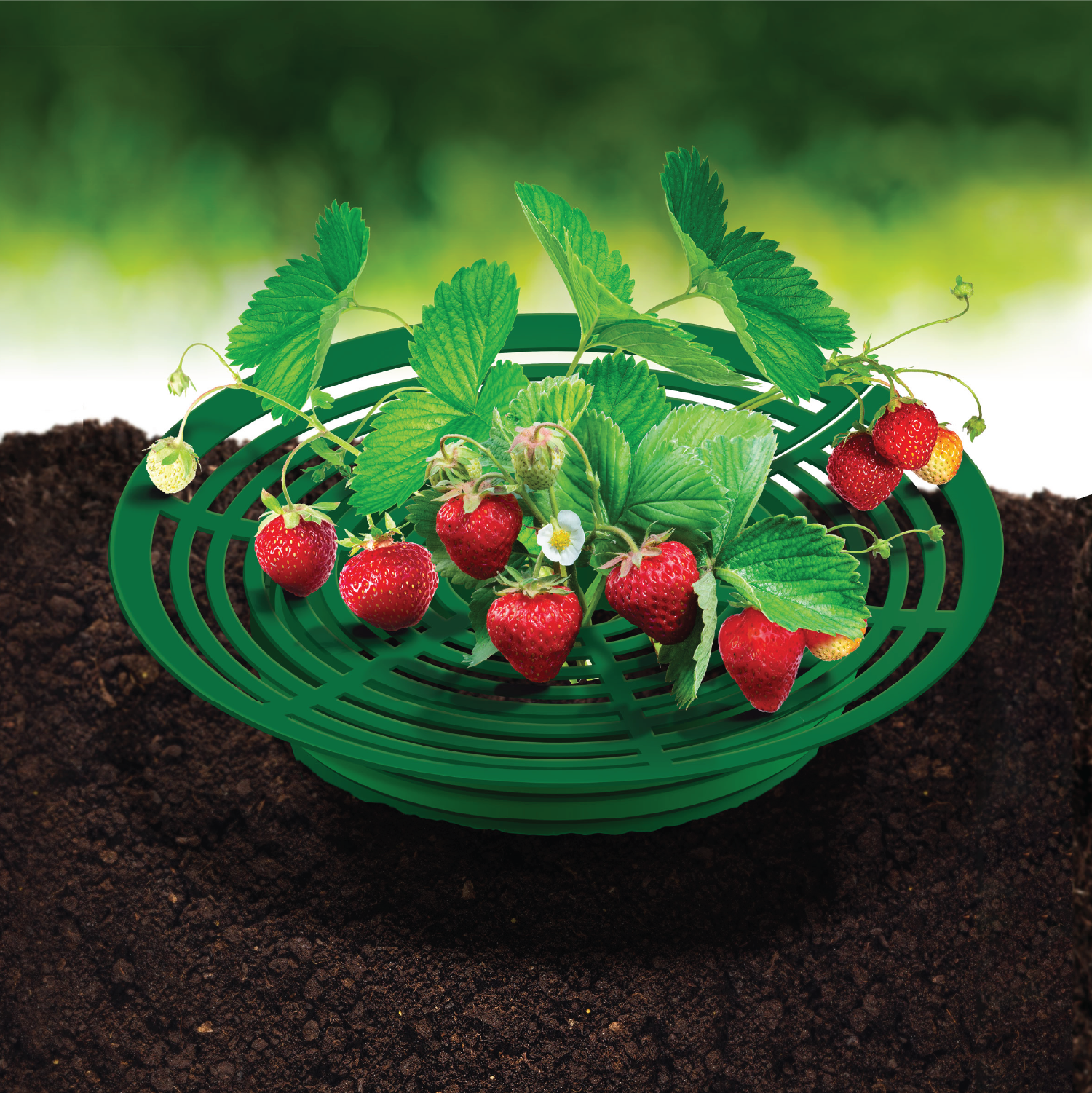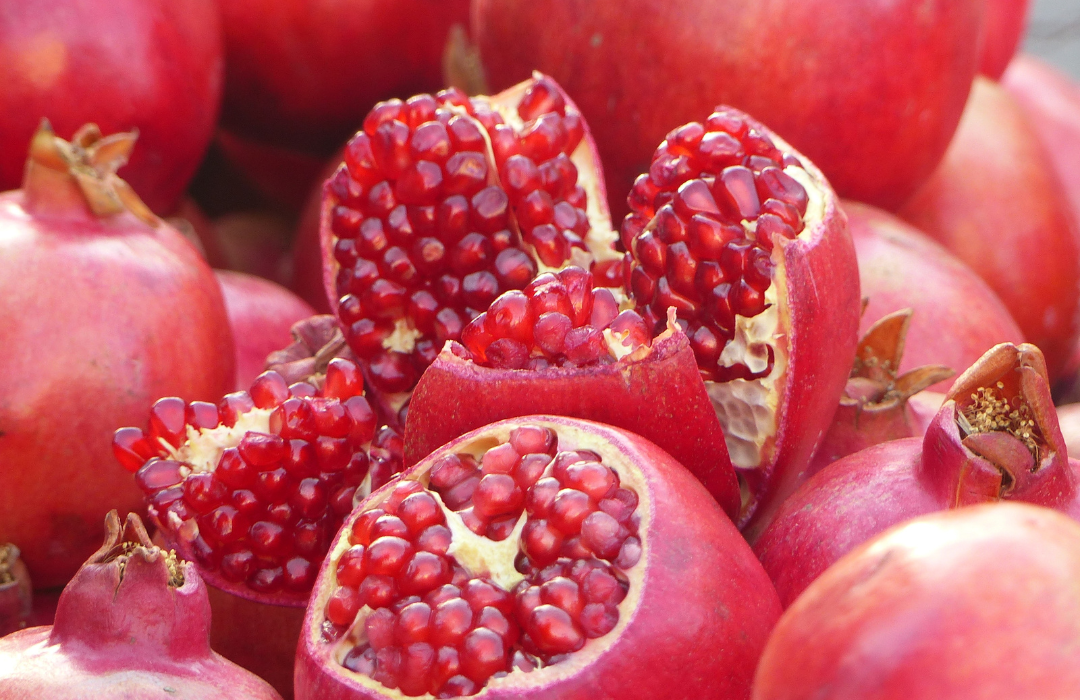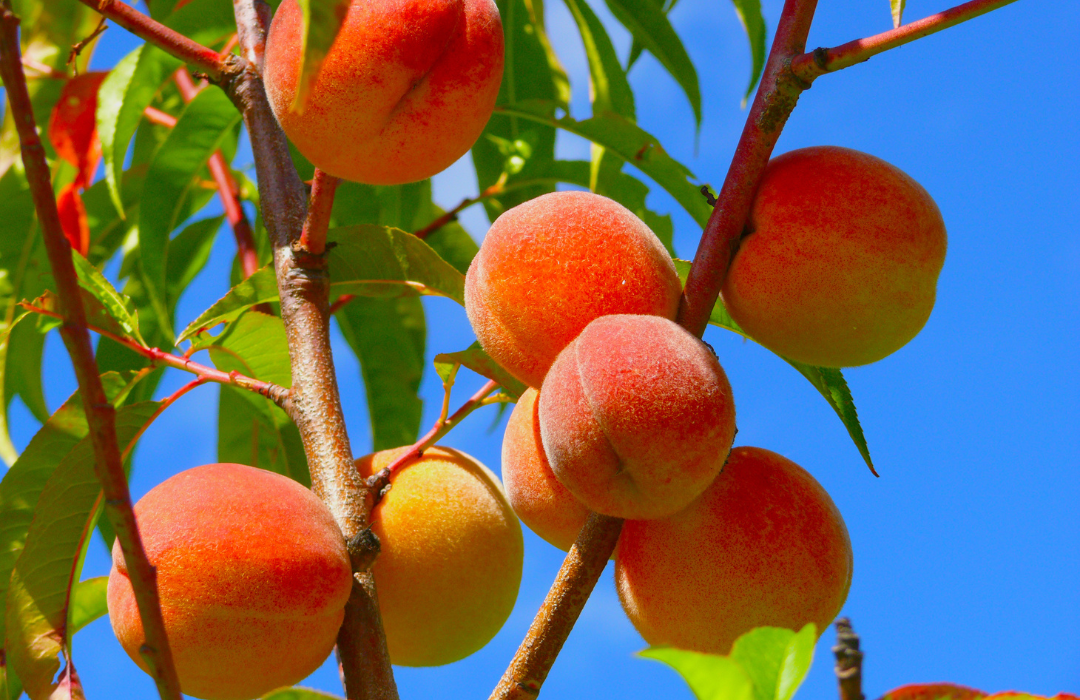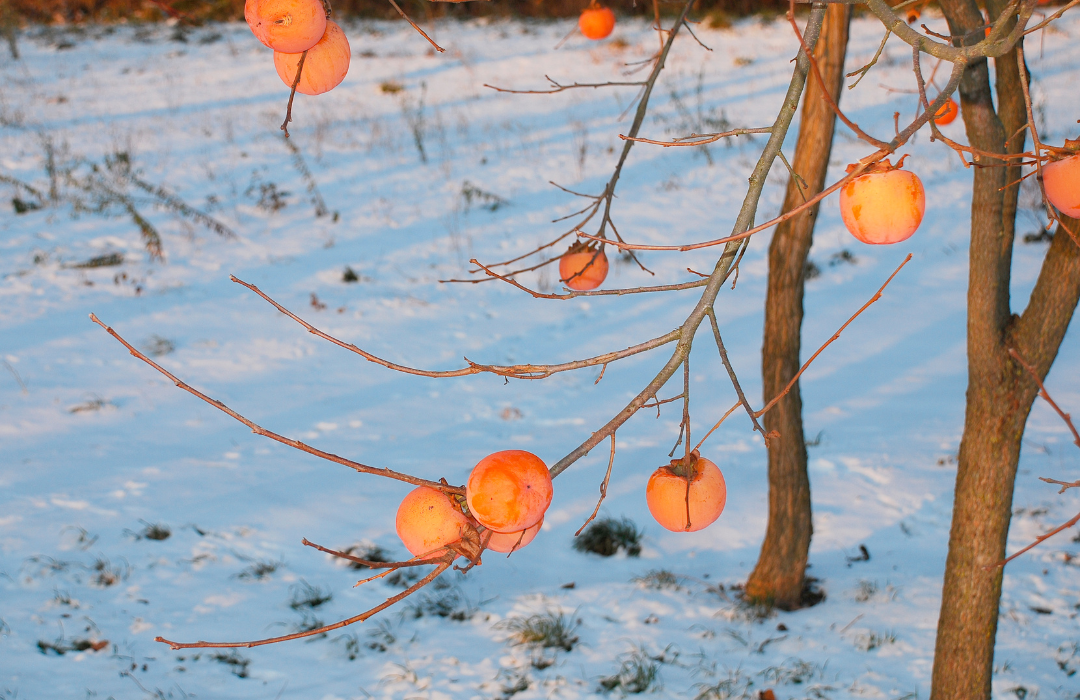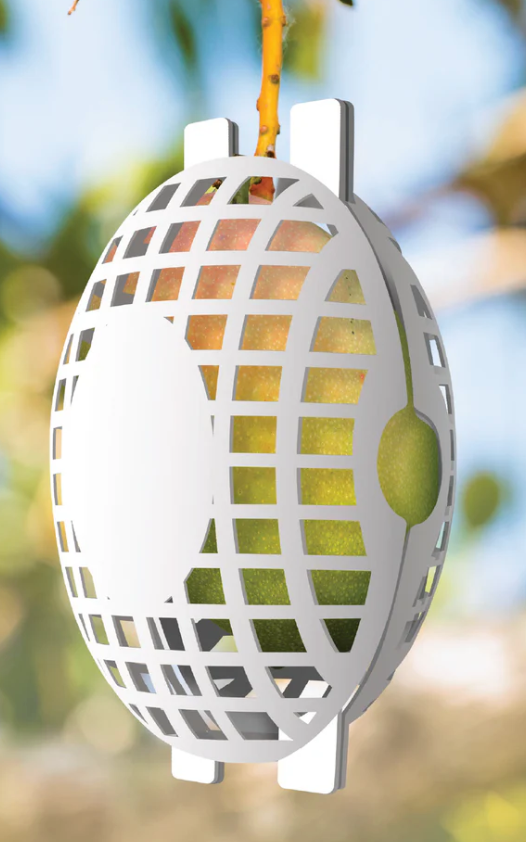Introduction
There’s nothing quite like a fresh, homegrown strawberry—perfectly ripe, sun-warmed, and bursting with sweetness. Growing strawberries can be a rewarding venture, whether you’re a seasoned gardener or a beginner. With a little planning and care, you can enjoy a bountiful harvest of these delicious berries.
Table of Content
- Choosing the Right Strawberry Variety
- Preparing the Planting Site
- Planting Strawberries
- Using Fruit Cradles for Healthier Berries
- Watering and Feeding
- Managing Runners and Pruning
- Protecting Your Strawberry Patch
- Harvesting Your Strawberries
- Winter Care
- Troubleshooting Common Strawberry Problems
- Wrapping Up
Choosing the Right Strawberry Variety
Strawberries come in three main types:
- June-bearing: Produce a large crop in early summer (June, in most regions). These are great if you want a big harvest for preserving or baking.
- Ever-bearing: Provide two to three harvests during the growing season, typically in spring, summer, and fall.
- Day-neutral: Produce fruit consistently throughout the growing season, as long as temperatures remain between 35°F and 85°F (1.5°C - 29°C).
Pick a variety based on your climate and strawberry-eating goals!
Preparing the Planting Site
Strawberries prefer:
- Full Sun: Aim for at least 6-8 hours of direct sunlight per day. Too much shade will reduce berry yield and sweetness.
- Well-Draining, Slightly Acidic Soil: Strawberries grow best in soil with a pH between 5.5 and 6.8. If your soil is heavy clay or poorly drained, consider raised beds or containers.
Soil Preparation Tip:
Enrich the soil by working in organic matter, like compost or well-rotted manure, before planting. Avoid sites where peppers, tomatoes, or eggplants were recently grown, as these plants can carry diseases that affect strawberries.
Planting Strawberries
Strawberries can be planted in early spring as soon as the ground is workable. Here’s how to plant them for success:
- Spacing: Plant strawberry plants about 18 inches apart, allowing room for runners (horizontal stems that spread out to form new plants).
- Depth: Place the plants so that the roots are well-covered with soil, but the crown (where leaves meet roots) is exposed above the soil line. Planting too deeply can lead to rot.
- Mulching: After planting, add a layer of straw or mulch around the plants. This will help conserve moisture, keep the soil cool, and prevent weeds.
Using Fruit Cradles for Healthier Berries
Fruit cradles are a simple yet effective way to support strawberry plants and keep the fruit off the ground, where they’re more likely to rot or attract pests. These small, durable supports lift the berries, promoting air circulation and allowing even ripening while minimizing issues with mold and slugs.
To use a fruit cradle, place it around the base of the plant as the berries start to develop, lifting the fruits onto the cradle to keep them clean and safe. Find fruit cradles here for an easy addition to your strawberry-growing toolkit.
Watering and Feeding
Strawberries have shallow roots, so they require consistent moisture, especially during fruit development. Aim to keep the soil evenly moist without letting it become waterlogged.
- Watering: Water in the morning so the foliage has time to dry out, reducing the risk of fungal diseases.
- Feeding: Use a balanced fertilizer early in the season and again after the first harvest to encourage growth and berry production.
Managing Runners and Pruning
Strawberry plants send out runners to create new plants, which can crowd your garden space if left unchecked.
- Runner Control: For bigger, better berries, trim off most runners, focusing the plant’s energy on producing fruit. Leave a few runners if you want to expand your strawberry patch naturally.
- Pruning: Remove any dead or damaged leaves and prune flowering stems of new plants in their first year to encourage strong root development. Established plants will benefit from thinning out older leaves in late summer.
Protecting Your Strawberry Patch
Strawberries are a favorite not only for people but also for birds, slugs, and pests.
- Bird Protection: Consider netting your strawberry patch to keep birds from feasting on your berries before you do.
- Slug and Pest Control: Place crushed eggshells around the base of plants to deter slugs or try using diatomaceous earth. Avoid chemical pesticides, if possible, as strawberries are sensitive, and the chemicals can impact flavor and growth.
Harvesting Your Strawberries
Strawberries are ready to harvest when they’re fully red and ripe, usually in the early morning when they’re at their sweetest. Gently pull the berry, keeping the green cap attached, and enjoy fresh or store them in the fridge to extend their shelf life.
Winter Care
Strawberries are perennial plants that go dormant in winter. In cold climates, protect them by:
- Mulching: Apply a thick layer of straw mulch in late fall to insulate the roots and prevent frost damage.
- Removing Mulch in Spring: Once the danger of frost has passed, gently remove some of the mulch to allow the plants to grow back.
Troubleshooting Common Strawberry Problems
- Small or Misshapen Berries: This can result from poor pollination or inconsistent watering. Encourage pollinators to visit your garden by planting flowers nearby and maintain even moisture.
- Yellowing Leaves: Often a sign of nitrogen deficiency or poor drainage. Consider a mild fertilizer application and check soil drainage.
- Gray Mold: Gray, fuzzy mold on berries usually means there’s too much moisture. Space plants properly and avoid overhead watering to reduce fungal issues.
Wrapping Up
Growing strawberries is as satisfying as it is delicious. By using techniques like soil preparation, fruit cradles, and consistent care, you’ll soon have a patch of sweet, juicy berries right in your backyard. Happy gardening!

